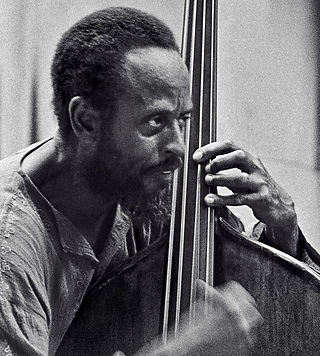
Percy Heath was an American jazz bassist, brother of saxophonist Jimmy Heath and drummer Albert Heath, with whom he formed the Heath Brothers in 1975. Heath played with the Modern Jazz Quartet throughout their long history and also worked with Miles Davis, Dizzy Gillespie, Charlie Parker, Wes Montgomery, Thelonious Monk and Lee Konitz.
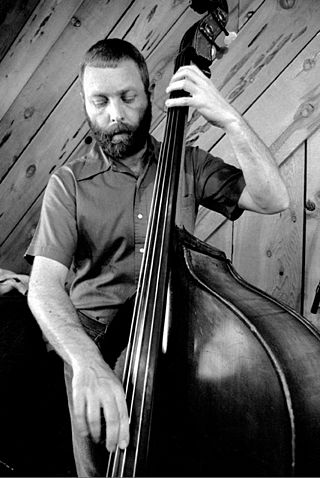
David Holland is an English double bassist, bass guitarist, cellist, composer and bandleader who has been performing and recording for five decades. He has lived in the United States since the early 1970s.

Leroy Jenkins was an American composer and violinist/violist.
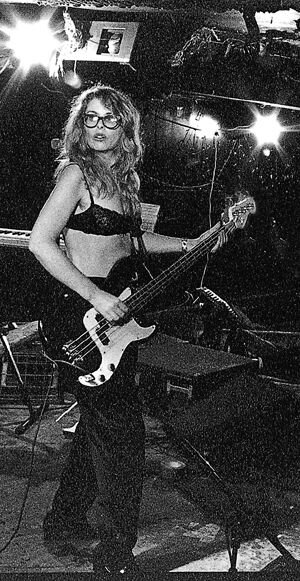
Catherine B. Brazelton is a New York-based American composer, bandleader, improviser, singer/songwriter, and instrumentalist. She has released albums and fronted bands across varied genres, including contemporary classical, electronic music, pop, art rock, punk, and avant-garde jazz. She was awarded the 2012 Carl von Ossietsky Composition Prize for Storm, a choral setting of Psalm 104 featuring Brazelton's own retranslation. Her opera Art of Memory was awarded the 2015 Grant for Female Composers from Opera America.

Michał Urbaniak is a Polish jazz musician who plays violin, lyricon, and saxophone. His music includes elements of folk music, rhythm and blues, hip hop, and symphonic music.

Charlie Rouse was an American hard bop tenor saxophonist and flautist. His career is marked by his collaboration with Thelonious Monk, which lasted for more than ten years.

Clifford Laconia Jordan was an American jazz tenor saxophone player. While in Chicago, he performed with Max Roach, Sonny Stitt, and some rhythm and blues groups. He moved to New York City in 1957, after which he recorded three albums for Blue Note. He recorded with Horace Silver, J.J. Johnson, and Kenny Dorham, among others. He was part of the Charles Mingus Sextet, with Eric Dolphy, during its 1964 European tour.
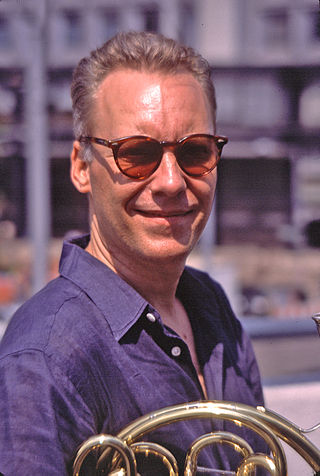
Tom Varner is an American jazz horn player and composer.

Agharta is a 1975 live double album by American jazz trumpeter, composer, and bandleader Miles Davis. By the time he recorded the album, Davis was 48 years old and had alienated many in the jazz community while attracting younger rock audiences with his radical electric fusion music. After experimenting with different line-ups, he established a stable live band in 1973 and toured constantly for the next two years, despite physical pain from worsening health and emotional instability brought on by substance abuse. During a three-week tour of Japan in 1975, the trumpeter performed two concerts at the Festival Hall in Osaka on February 1; the afternoon show produced Agharta, and the evening show was released as Pangaea the following year.
Victor Dickenson was an American jazz trombonist. His career began in the 1920s and continued through musical partnerships with Count Basie (1940–41), Sidney Bechet (1941), and Earl Hines.

Andrew White was an American jazz and R&B multi-instrumentalist, musicologist and publisher.

William Howard "Monk" Montgomery was an American jazz bassist. He was a pioneer of the electric bass guitar and possibly the first to be recorded playing the instrument when he participated in a 1953 session released on The Art Farmer Septet. He was the brother of jazz guitarist Wes Montgomery and vibraphonist Buddy Montgomery.

Colin Hodgkinson is a British rock, jazz and blues bassist, who has been active since the 1960s.
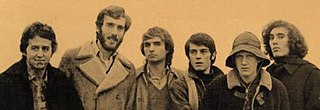
Stormy Six were an Italian progressive and folk rock band founded in Milan in 1966. They performed and recorded until 1983, mostly as a sextet but occasionally as a quartet, a quintet and a septet. Although their line-up changed considerably over the years, founding member Franco Fabbri remained with the group for its entire duration. In May 1993 they performed at a re-union concert in Milan, which was recorded and released on a CD, Un Concerto (1995).
Wayne Andre was an American jazz trombonist, best known for his work as a session musician.

Granville William "Mickey" Roker was an American jazz drummer.
Norris Turney was an American jazz flautist and saxophonist.
Daryl Runswick is a classically trained English composer, arranger, jazz musician, producer and educationalist.

Per Husby is a Norwegian jazz pianist, composer, teacher, civil engineer, and orchestra leader.
The Australian Jazz Quartet (AJQ), also known as the Australian Jazz Quintet, was a jazz group active in the 1950s, best known for collaborations with Dave Brubeck, Gerry Mulligan and Carmen McRae.
















